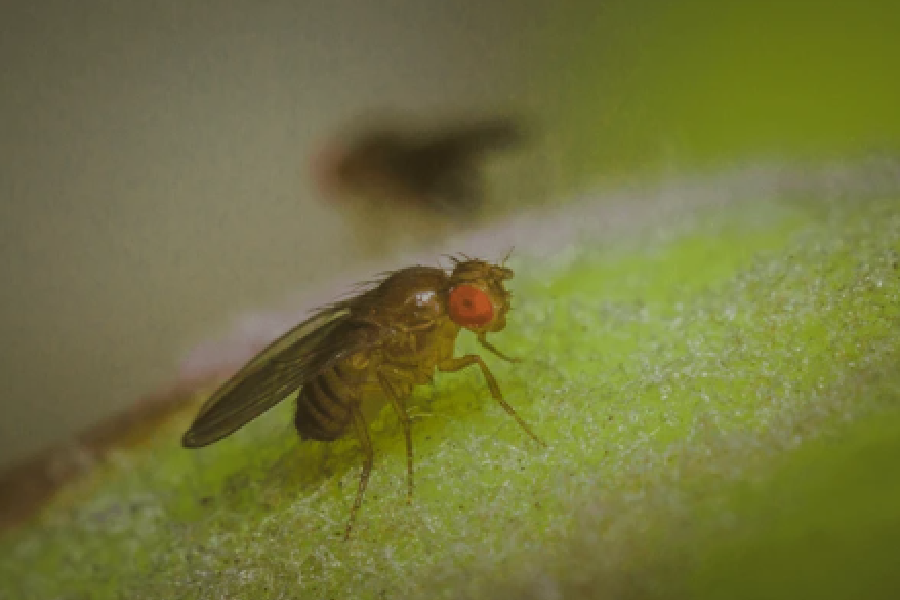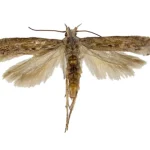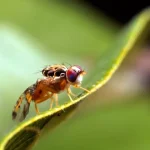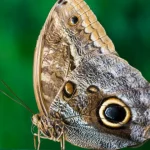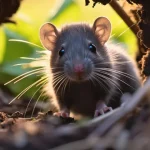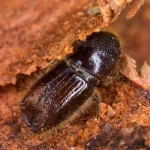Mediterranean fruit fly is a pest that damages citrus fruits. It is commonly seen in apricots, peaches, figs, persimmons, apples, and pears. It spends the winter as larvae inside the fruits on trees. Depending on the temperature, it emerges in spring or summer. It is widespread in Africa, the Mediterranean Basin, and South America.
Mediterranean fruit fly is Ceratitis capitata, also known as is a type of fly approximately 4-5 mm in size. It is reddish-brown in color. Its eyes are bright and emerald green. It cannot survive in sub-zero temperatures, hence the name “Mediterranean.” Due to multiple fly species laying eggs on the fruit, the damage caused by this fly is quite significant.
Harm to Humans by the Mediterranean Fruit Fly
The Mediterranean fruit fly does not harm humans. It only damages fruits.
The Mediterranean fruit fly, Ceratitis capitata, causes damage to fruits through larvae. This fly feeds on the fleshy part of the fruit. It causes softening and depressions on the fruits.
Fruits damaged by the insect ripen prematurely and fall from the tree. These fruits, considered “infected,” are difficult to export.
The damage caused by this fly species imposes a significant burden on the national economy. Some precautions to be taken against this species are:
- Cultural measures One of the most effective methods of combating the Mediterranean fruit fly is not planting fruit trees that serve as intermediate hosts for the fly in citrus orchards.
- Biological and biotechnical control Biological control is not practiced in our country because its parasitoids are not found here.
- Chemical control
Before ripening, fruit damage control is performed. Using pheromone traps, fly emergence is monitored. If the fly is detected in the fruit, immediate spraying is done.
Mediterranean Fruit Fly Trap
One of the most effective ways to combat the Mediterranean fruit fly is using pheromone traps. Pheromone traps contain the scent of the opposite sex. Insects attracted by the scent are drawn to the trap and eliminated. This controls reproduction and reduces the population.
Setting up a pheromone trap involves simple steps:
- First, gather the materials. Prepare capsules, sheets, or perforated containers, and the pheromone trap stand.
- Place the capsule in the center of the sticky sheet or in the perforated containers.
- Set up the trap and place it in the areas where the plants will be planted.
- Pheromone traps hung in high places should be checked at regular intervals.
Besides pheromone traps, other traps used in combating the Mediterranean fruit fly include:
- Food attractants Fruits eaten by fruit flies are hung in traps. The Mediterranean fruit fly is drawn to the traps, sticks, and is then eliminated.
- Yellow sticky traps Fruit flies are attracted to the yellow color and are caught on the sticky sheets.
The purpose of setting these traps is to reduce the population and minimize crop loss.
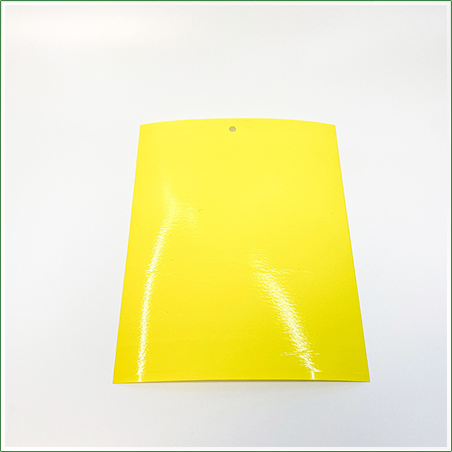
When Should the Mediterranean Fruit Fly Trap Be Set?
The trap should be set during the active periods of the flies. The timing of setting the traps varies according to regional temperatures.
Generally, these traps are set when temperatures start to rise.
Traps set at the beginning of summer, when fruits begin to ripen, before harvest, prevent the fly from damaging the product.
For more information about Mediterranean fruit flies and effective combat methods, you can contact Kapar Organik.

